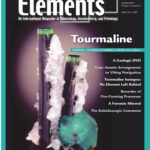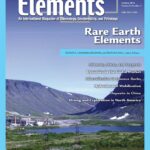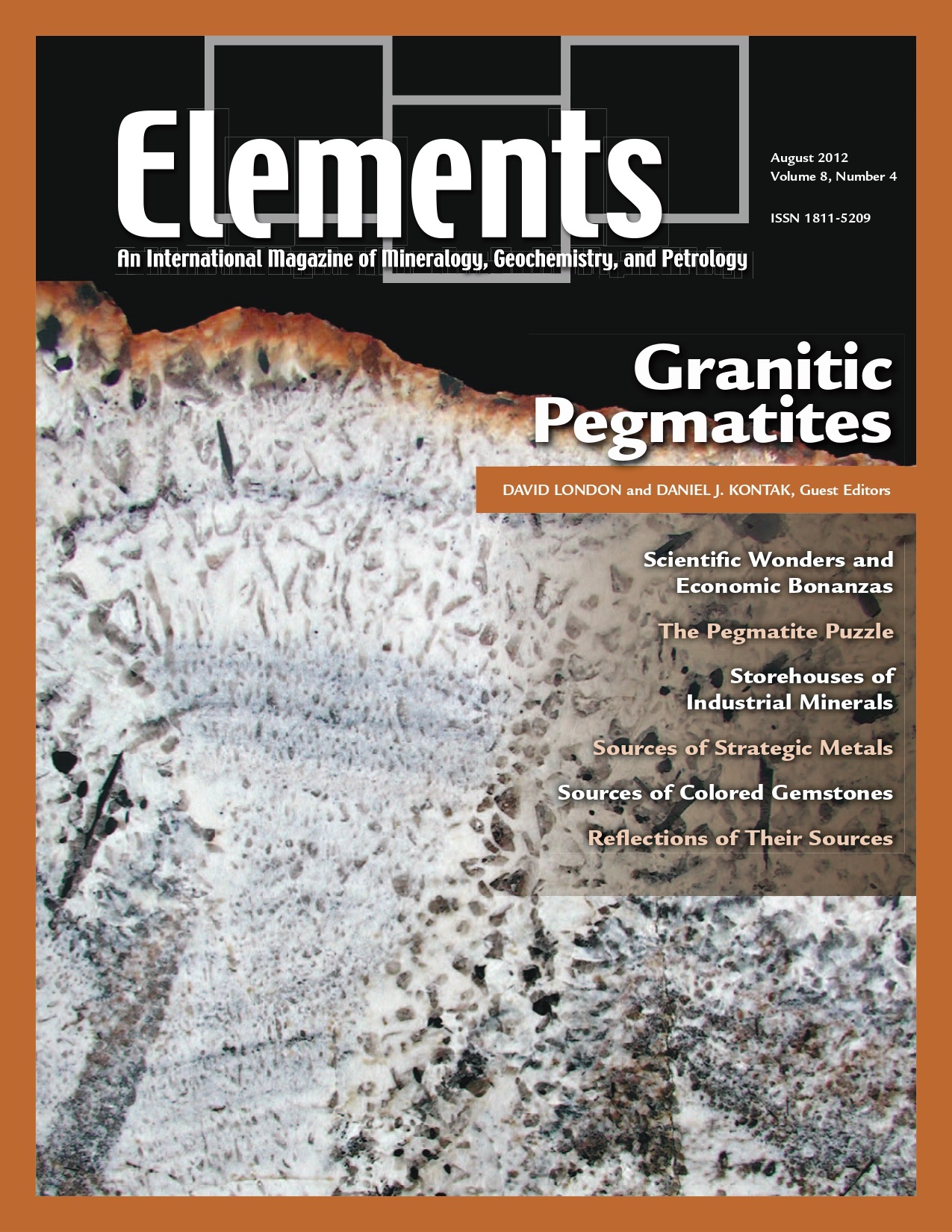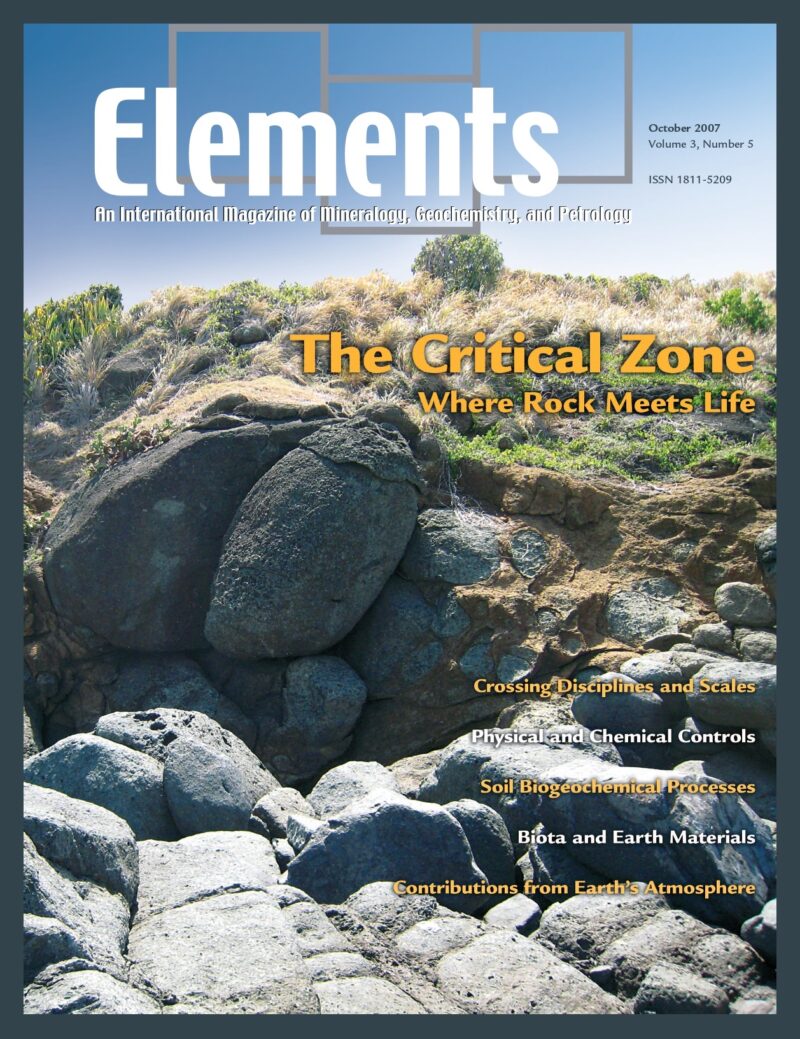
Tourmaline, October 2011, Vol. 7, No. 5
June 28, 2024
Rare Earth Elements, October 2012, Vol. 8, No. 5
June 28, 2024Granitic Pegmatites, August 2012, Vol. 8, No. 4
$20.00
Nothing that geoscientists learn as students prepares them for interpreting rock textures as complex as those found in pegmatites. Understanding the textures and mineral zonation of granitic pegmatites is tantamount to understanding the fundamental process of crystallization.
Granitic Pegmatites
August 2012, Vol. 8, No. 4
Nothing that geoscientists learn as students prepares them for interpreting rock textures as complex as those found in pegmatites. Understanding the textures and mineral zonation of granitic pegmatites is tantamount to understanding the fundamental process of crystallization. It is a challenge to our ability to discern, beyond reasonable doubt, what is igneous and what is hydrothermal. This is the context that has drawn many professional geoscientists to the study of pegmatites for all or part of their careers. In addition, granitic pegmatites are important to our society as sources of raw materials for glasses and ceramics, silicon for microprocessors, and specialty metals including Li, Cs, Be, Nb, Ta, Sn, REE, and U. A very few pegmatites provide some of the most highly prized mineral specimens and colored gems found in national museums and personal collections around the world. No other rock type presents such a diversity of economic commodities in such concentrated fashion.
Why You’ll Love Elements Magazine:
- Expert Contributors: Articles written by renowned researchers in the field of geoscience.
- Engaging Content: Join a community of readers who are passionate about Elements.
- Exceptional Quality: Each issue is printed on high-quality paper with stunning visuals and detailed illustrations that bring complex scientific concepts to life.
Order your copy of the August 2012 issue of Elements magazine today and investigate granitic pegmatites.
Related products
-
Phosphates And Global Sustainability, April 2008, Vol. 4, No. 2
$20.00Phosphorus is a unique element: it is essential to the existence of all living forms, and as such controls biological productivity in many terrestrial and marine environments; but when in excess, it leads to uncontrollable biological growth and water-quality problems. This has become a common environmental issue, resulting from our careless use of phosphorus in agriculture, yet phosphate ore deposits, from which fertilizers are produced, are a finite natural resource.
-
The Critical Zone, October 2007, Vol. 3, No. 5
$20.00The Critical Zone (CZ) encompasses all fluid, mineral, gaseous, and biotic components from the outer envelope of vegetation down to the lower limit of groundwater. It supports much of life on Earth.
-
Supervolcanoes, February 2008, Vol. 4, No. 1
$20.00Explosive super-eruptions from large volume, shallow magma systems lead to enormous and devastating pyroclastic flows, the formation of gigantic collapse calderas, and deposition of volcanic ash over continent-sized areas. Recognition that future eruptions from these “supervolcanoes” will undoubtedly have severe impacts on society—and perhaps on life itself—has led to recent public and media interest.




